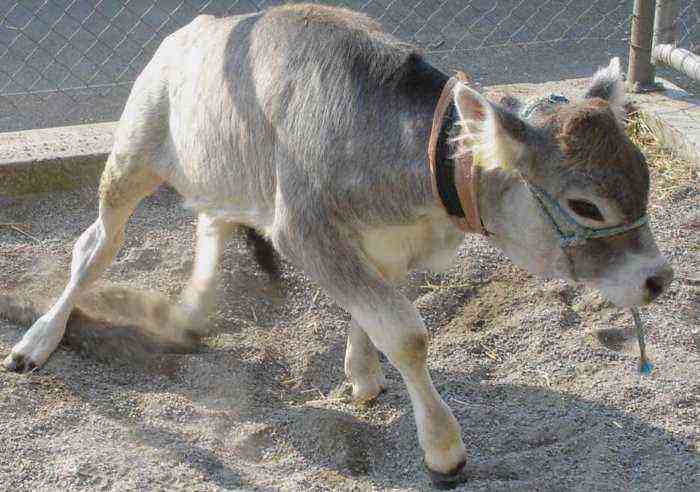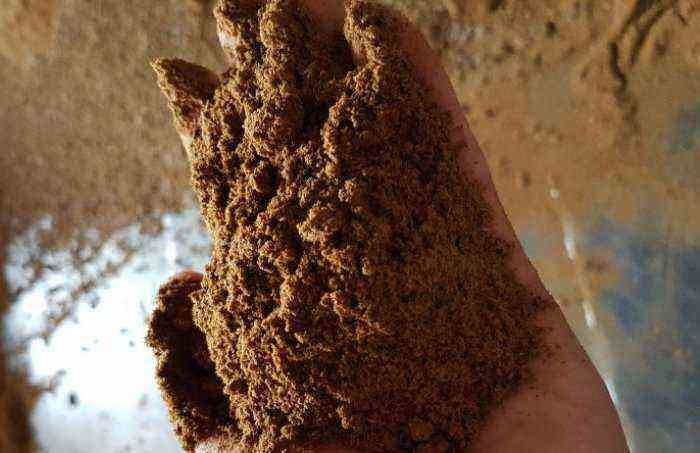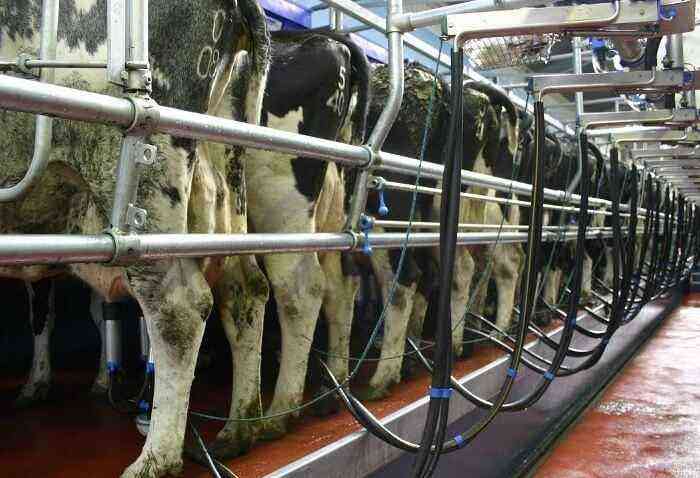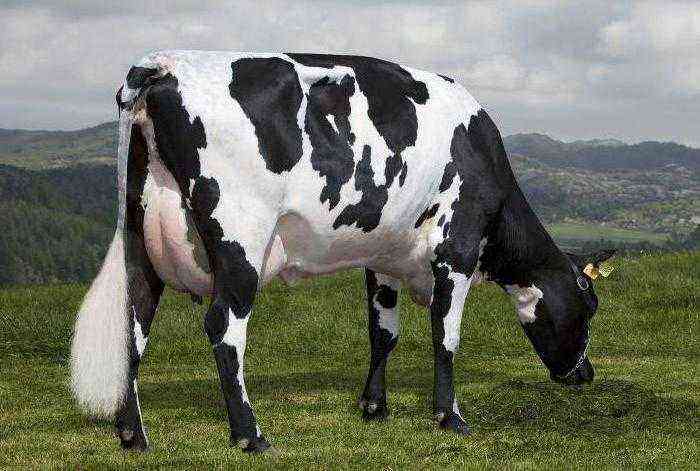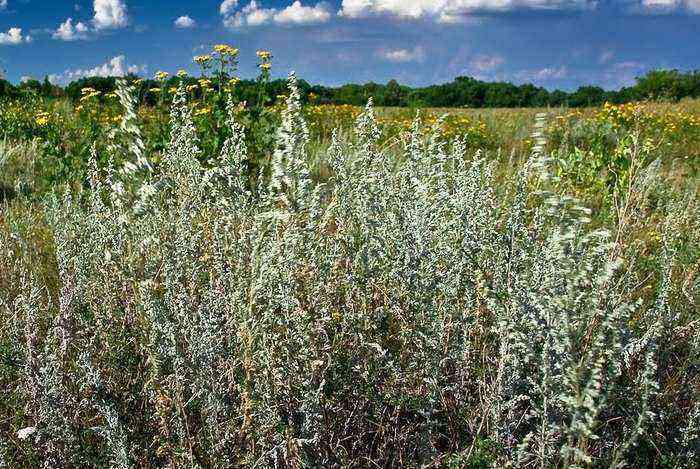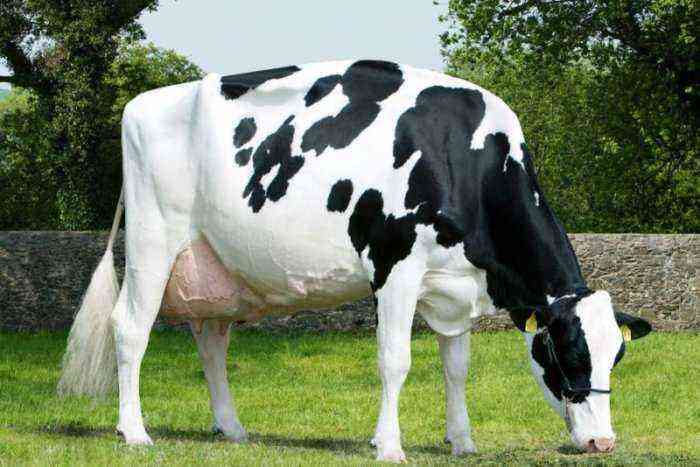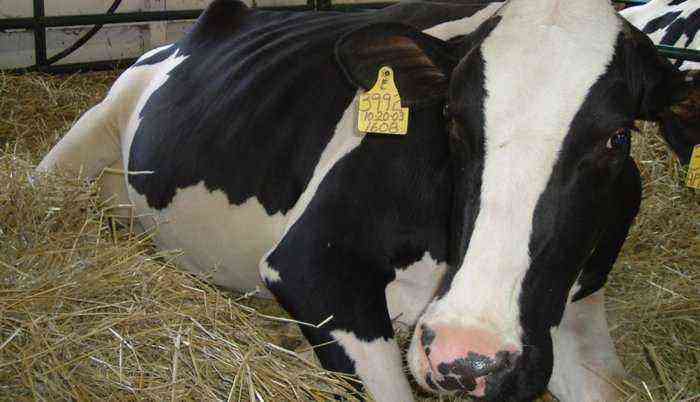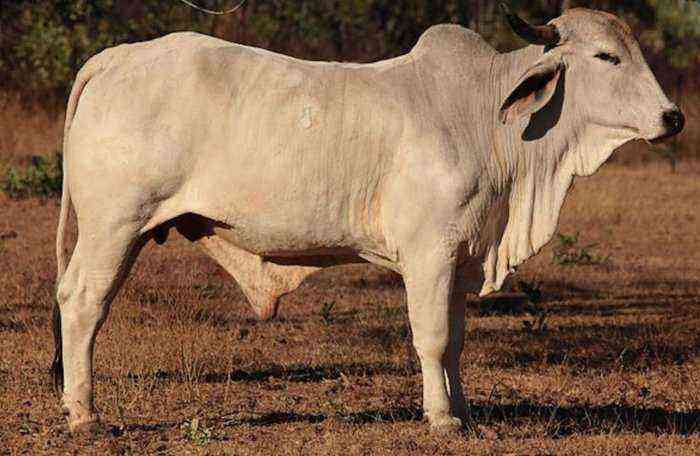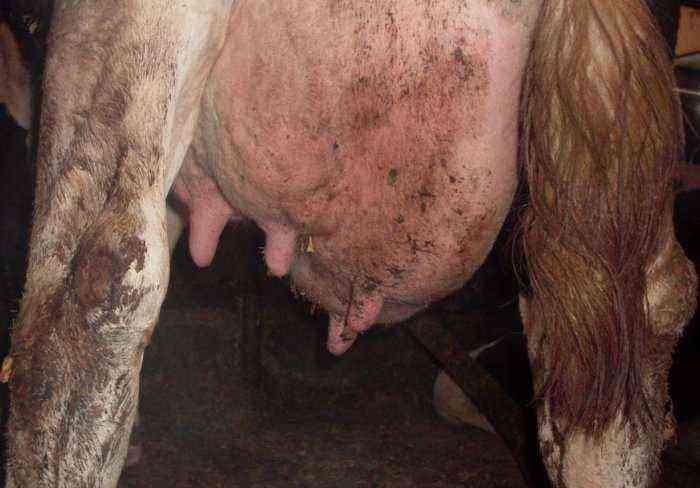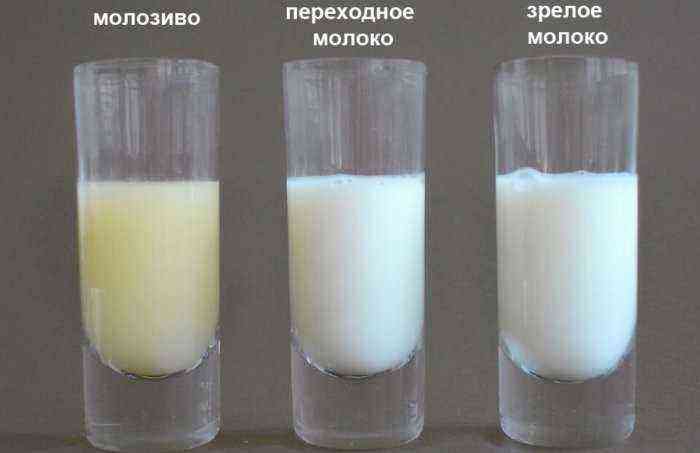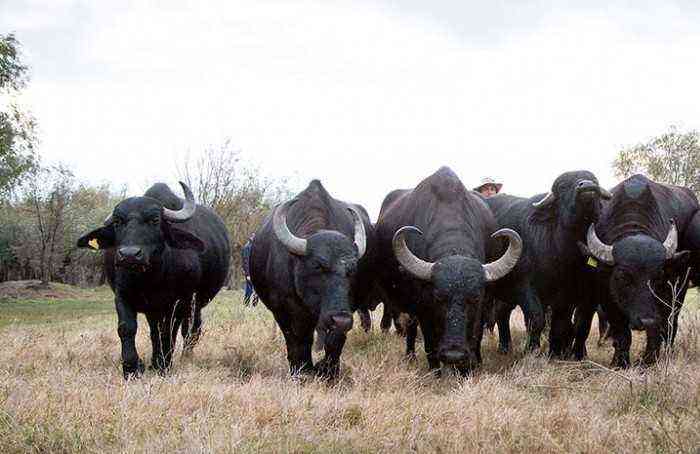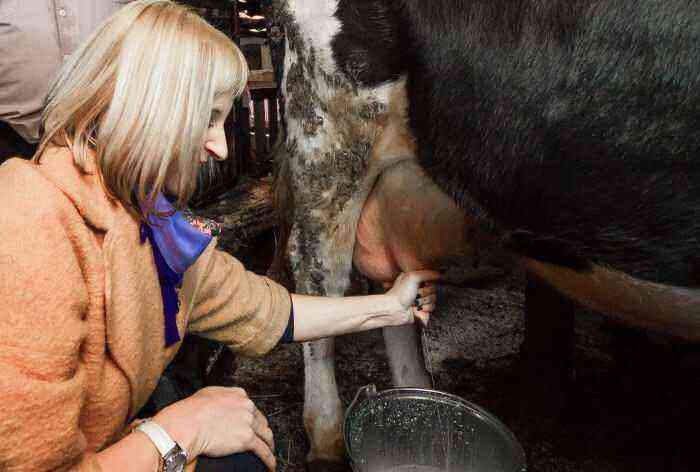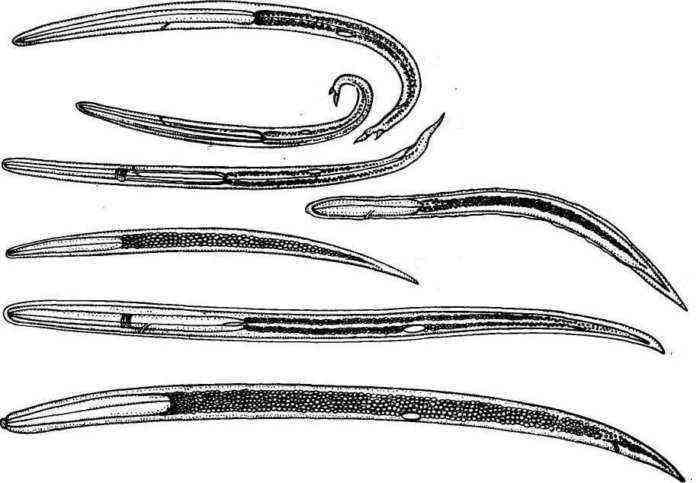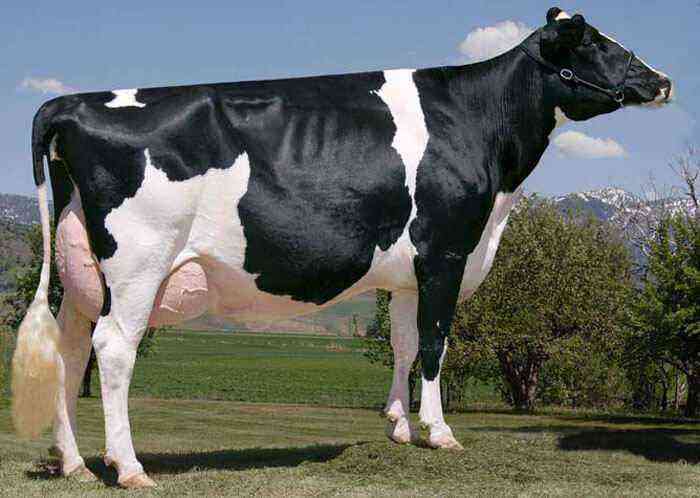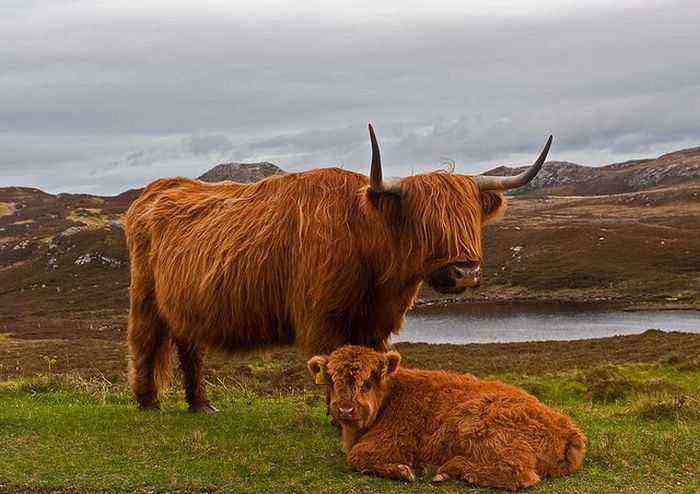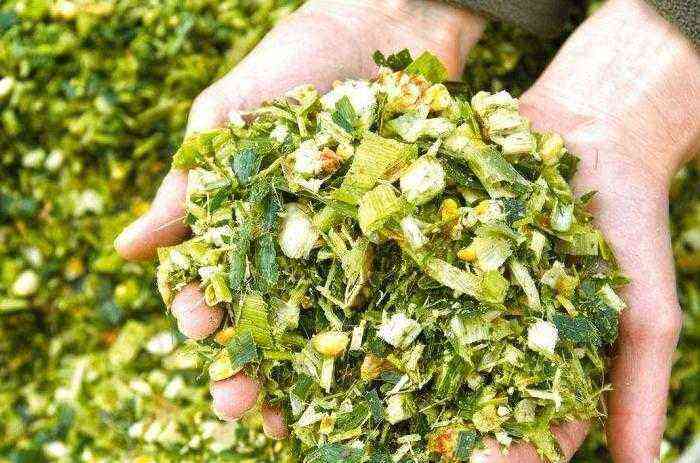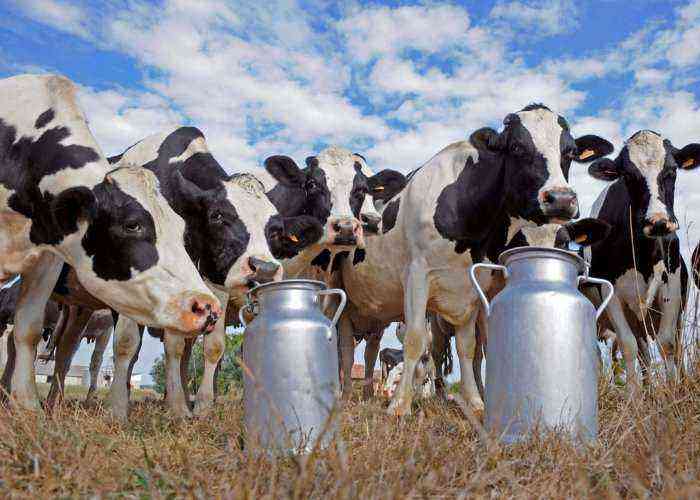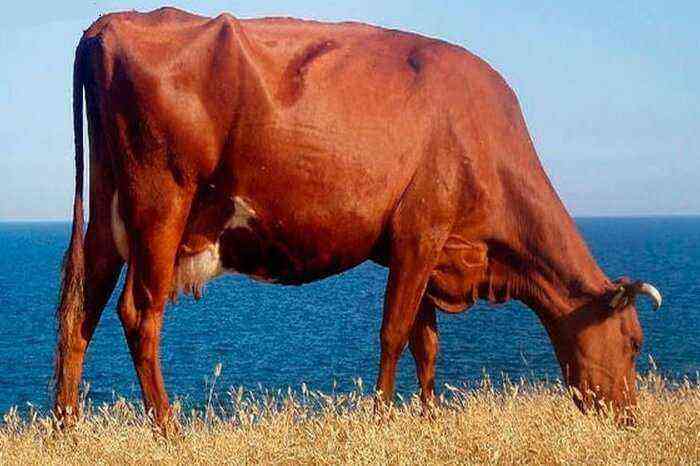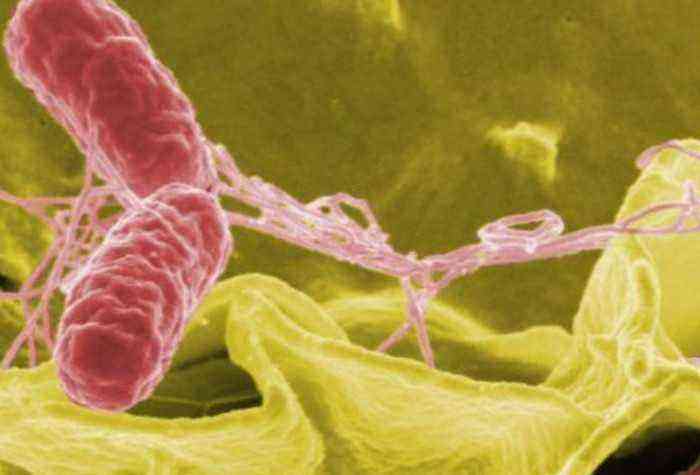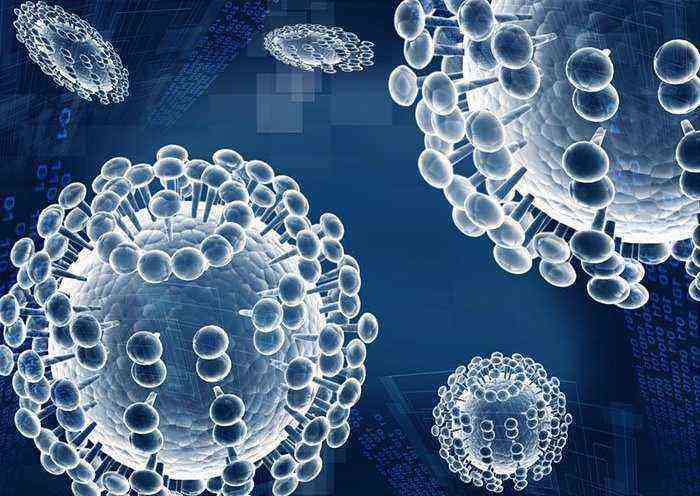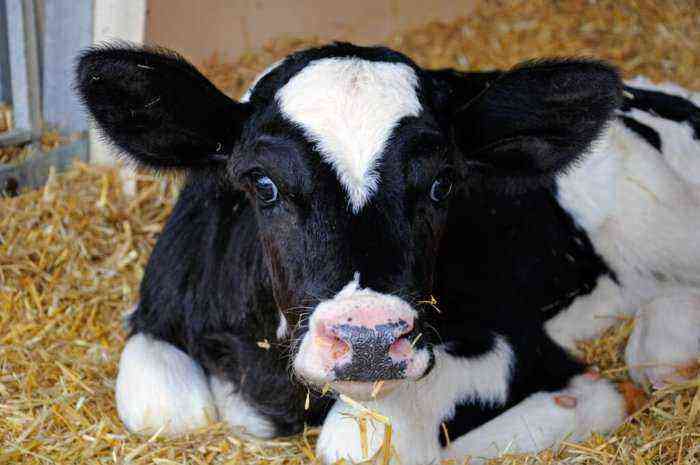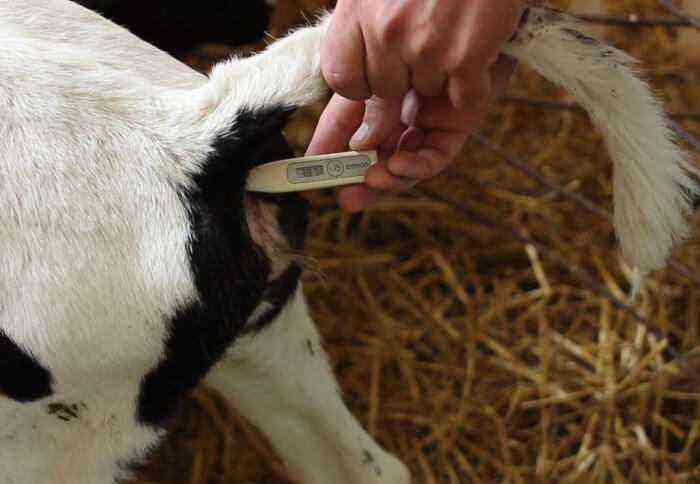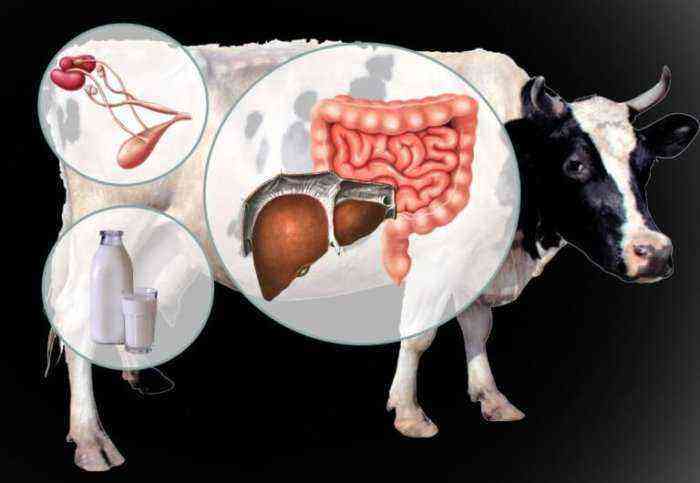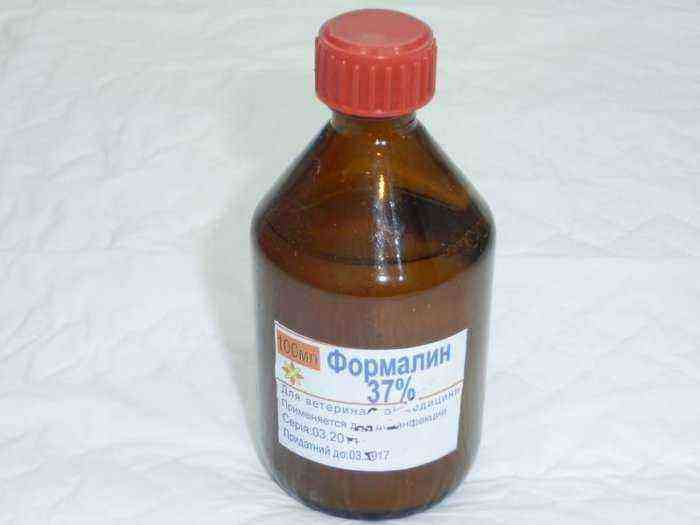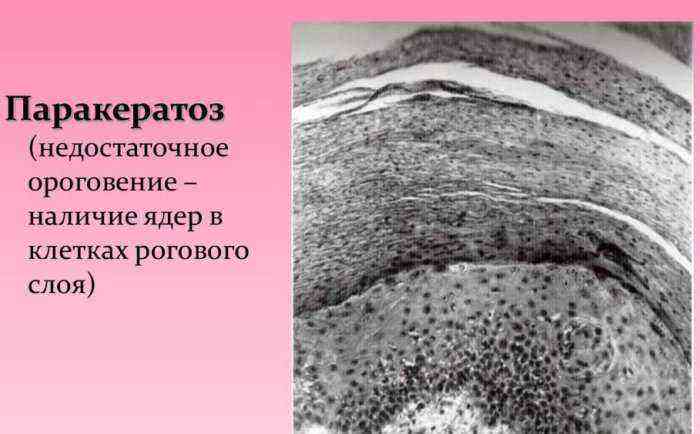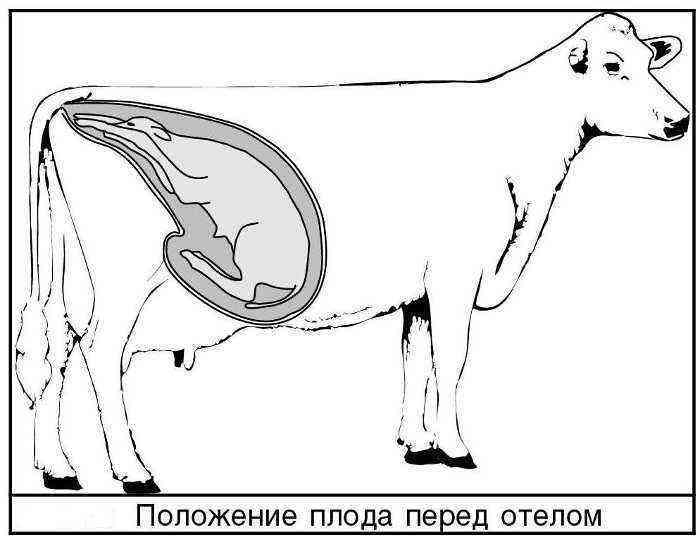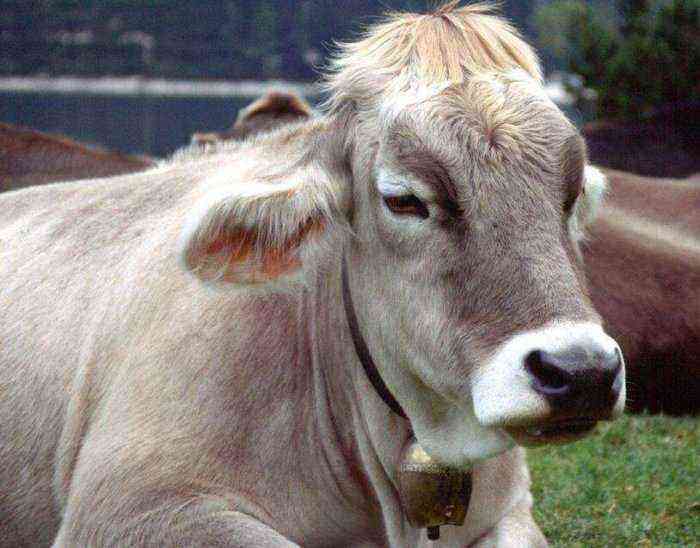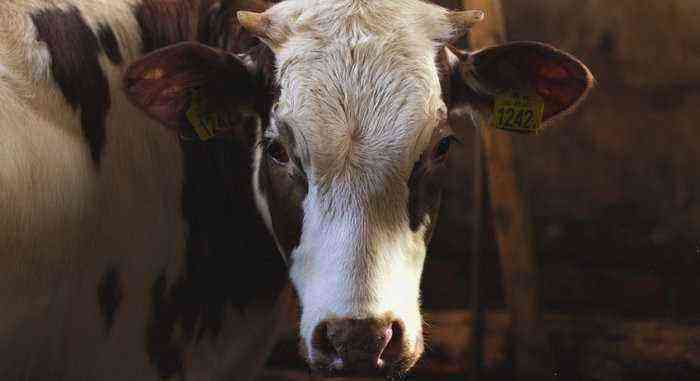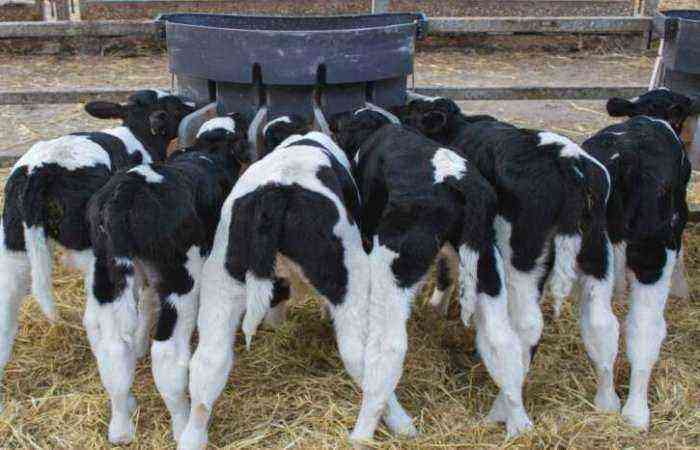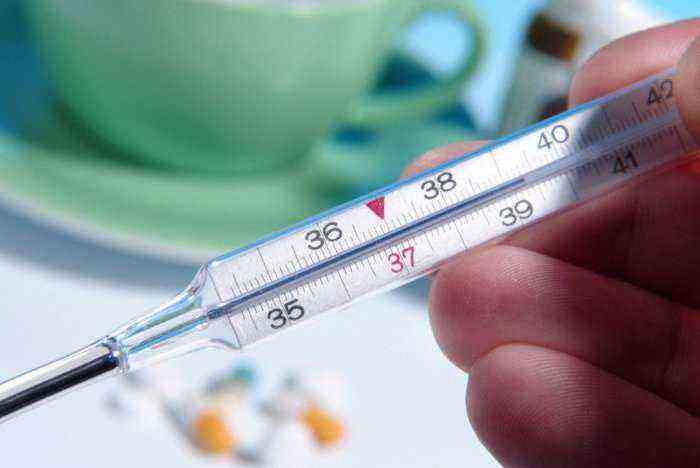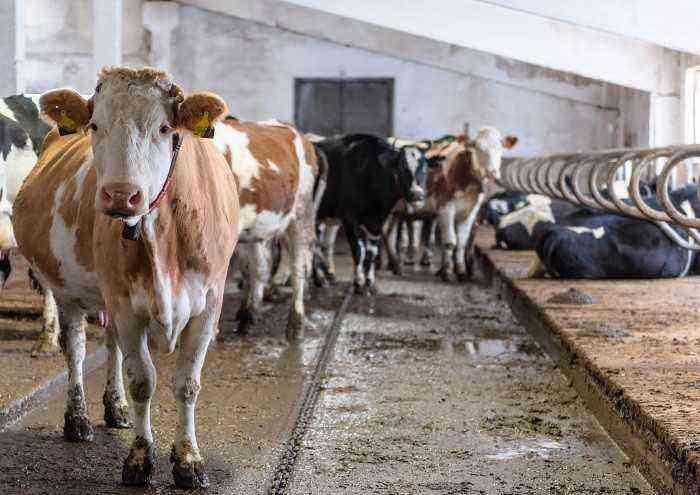The liver is an extremely important organ in the body of a cow. It is directly involved in protein, fat and carbohydrate metabolism, protects the animal from the action of toxins ingested with food, and creates some vitamins. Therefore, various liver diseases are extremely difficult for cattle and, as a rule, they cause more serious disorders in the body. In such cases, in order to save the animal, the breeder must be well aware of the underlying diseases of this kind and how to treat them.
cow liver
Hepatosis
Hepatosis is called a number of liver diseases caused by various reasons. Such a disease can occur as a result of:
- Consumption of spoiled feed by animals. Including rotten and exposed to mold.
- Intoxication with poisons of animal and vegetable origin.
- Excessive feeding of livestock with pulp and bard, which do not have time to be digested in the body.
- As a secondary disease in gastritis, endometritis, some infectious diseases.
As a result of the development of this disease, liver tissues undergo significant dystrophic changes. In this case, external inflammatory processes are not observed.
Symptoms
Hepatosis in cattle is accompanied by the following symptoms:
- a sharp decrease in appetite;
- general depression;
- drowsiness of the animal;
- diarrhea;
- temperature lowered by several degrees;
- petechial hemorrhages occur on the mucous membranes;
- muscles may move in spasms.
If, with the listed clinical signs, you do not rush with treatment, the cow may develop a coma. In some cases, hepatosis can also progress to more complex liver diseases in cows, including fatty degeneration or amyloidosis.
Treatment
To alleviate the condition of the animal, first of all, the intestines and proventriculus are cleansed of the remnants of poor-quality feed. For this purpose, washing with an enema, as well as diuretics and laxatives are used.

10% glucose
Also, support for the body is provided by introducing a glucose solution with a concentration of not more than 10%. Such a drug is administered to the animal intravenously. If, against the background of hepatosis, the animal has a strong excitation, then chloral hydrate or any other sedative is attributed to it.
Prevention
Preventive measures aimed at preventing the development of hepatosis in cattle include the following points:
- Constant control over the quality of feed stocks. Concentrates, root crops and succulent foods that show signs of rot and mold are not allowed to be eaten.
- Ensuring proper balance of feed. At the same time, the diet is built on the basis of the needs of each specific age group of livestock.
- Elimination of the possibility of pesticides and various fertilizers getting into animal feed.
- Introduction to the diet of various premixes and vitamin supplements, which lead to a general strengthening of the body.
- Compliance with preventive measures aimed at preventing metabolic disorders.
Hepatitis
Hepatitis is the inflammation of the liver tissue. This disease is accompanied by increased blood flow to the organ, rapid dystrophy, necrosis of the parenchyma. Hepatitis can manifest itself in various forms, depending on the causes that caused it. So, the cause of the parenchymal type of the disease can be:
- poisoning with various toxins, pesticides, herbicides;
- consumption of low-quality feed by animals;
- parasites that develop inside the body of a cow;
- infectious diseases.
No less often, cattle also develop purulent hepatitis. The main reason for the appearance of such a disease is the ingress of foreign objects into the body that damage tissues, cause the formation of purulent exudate, which causes inflammation. Such bodies can enter the body along with food or as a result of injury.
Attention! The developing inflammation of the liver is often supplemented by secondary diseases and disorders. This greatly complicates the diagnosis and measures to combat the disease.
Symptoms
The most characteristic signs indicating the development of hepatitis in a cow are:
- significant disturbances in the digestive system. Often they manifest themselves in severe diarrhea;
- general oppression of the animal;
- disheveled hairline;
- rapid breathing and heartbeat;
- a sharp decrease in the volume of milk secreted, and milk formation may stop within a day from the onset of the disease;
- swelling of the liver and pronounced pain in the animal during palpation of this area of the body;
- appetite decreases, and uncontrollable thirst may develop instead;
- mucous membranes become yellowish;
- mucus with blood impurities is released from the nasal openings;
- urine becomes dark in color.
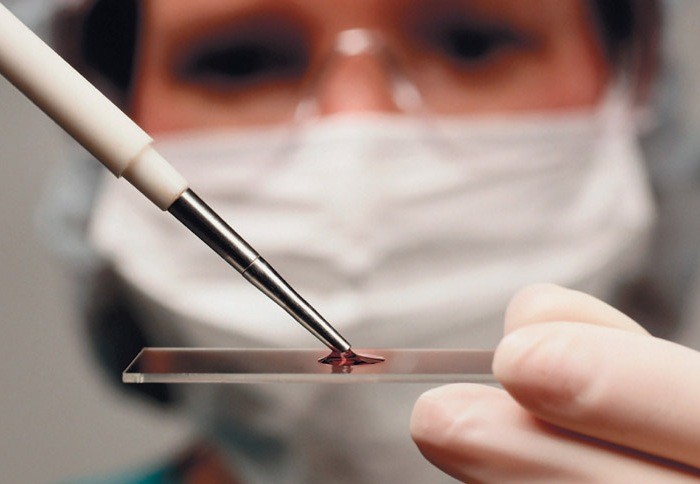
Laboratory blood test
Identification of the exact nature of the disease is carried out on the basis of various laboratory samples. Most often, in this regard, a sample is allocated to determine the level of bilirubin in the blood serum of cattle. The amount of such bile pigment increases significantly with the development of inflammation of the liver.
Treatment
Therapeutic measures have a positive effect in early detection of the disease. The body of a cow is already subjected to a strong load due to disruption of the liver, so the treatment used is gentle. It is implemented by intravenous administration of the following drugs:
- Metapirin – a volume of 20-30 ml.
- Strophanthin – 2 mg.
- Glucose in the form of a solution (20%), 200 ml per injection.
The drugs are administered in a complex once a day. The course of treatment lasts until the complete recovery of the animal.
To reduce pain, the animal can be injected with analgin. In addition, heating the liver with an incandescent lamp also gives a positive analgesic effect.
In addition to the main drug treatment, vitamin B12 is also prescribed, which helps restore the normal functioning of the liver. An effective solution to the problem can also be the introduction of corticosteroids into the muscles. Most often, prednisolone is used for this purpose at a dosage of 150 mg per injection.
An important point is also the restoration of the normal function of the intestines and stomach. For this, as soon as the first symptoms are detected, the cow is transferred to dietary food. It includes large volumes of high-quality fresh hay, grass, turnip, root crops. The cow is also provided with plenty of clean water. The juice from the rumen of a healthy livestock also has a positive effect on the digestive system, since it practically does not stand out in the rumen of a sick individual.
When hepatitis is complicated by diseases of the intestines or the digestive tract as a whole, sulfonamides and various antibiotics can be prescribed. If the disease has already developed and there are severe damage to the liver tissues, the animal is determined for slaughter. Treatment is also not prescribed for purulent hepatitis.
Prevention
All measures to prevent the development of hepatitis in the body of cattle are as follows:

The balance of animal feed
- Balanced animal feed, suggesting a sufficient amount of vitamins, minerals and nutrients.
- Exclusion from the diet of feed that has been partially affected by mold, rot or freezing.
- Prevention and timely treatment of various infectious and parasitic diseases of cattle, which can cause inflammation of the liver.
- Grazing animals on clean pastures that are away from landfills and free from various debris that can enter the body of an animal with grass.
Amyloidosis
Such a liver disease is a consequence of the long-term development of other primary diseases in the body, during which the metabolism and proteins in particular are disturbed. Amyloidosis can develop as a secondary disease when:
- bovine tuberculosis;
- infectious or parasitic diseases of the digestive system or respiratory tract;
- bone caries;
- various skin diseases.
With the development of a primary disease, a large amount of toxic substances is constantly released into the blood and tissues. These can be waste products of pathogenic microflora, dead tissue, purulent exudate. Gradually accumulating in the body, such toxins disrupt metabolic processes. As a result, a special compacted amyloid protein is formed on the walls of blood vessels and in tissues. It significantly reduces the permeability of blood channels and reduces the amount of nutrients reaching the organs. As a result, dystrophy and impaired liver function can be traced.
In addition to the liver, amyloidosis also affects the kidneys and spleen. All diseased organs significantly increase in size. This disease is usually chronic. It progresses within 3-5 months. The risk is that the liver may rupture, leading to the inevitable death of the animal.

cow liver
Symptoms
It is quite difficult to identify amyloidosis in cattle by clinical signs. The reason for this is the pronounced symptoms of the primary disease. The main manifestations of this liver disease are:
- a sharp decrease in the weight of the animal, supplemented by a general depressed behavior;
- discoloration of the mucous membranes – most often they acquire a yellowish or simply pale hue;
- the liver on palpation feels more voluminous, its walls are smooth to the touch;
- digestive processes are disturbed, the disease may be accompanied by diarrhea;
- when touched, the spleen also feels enlarged and excessively hard.
The diagnosis of amyloidosis is difficult to make. This is done by a qualified veterinarian based on the listed clinical signs and general medical history.
Treatment
The entire treatment process in the development of amyloidosis in cattle is aimed at eliminating the focus of the primary disease. If the root cause of metabolic disorders in the body is not eliminated, any attempts to restore normal liver function will be ineffective.
In order to prevent a possible rupture of the affected organs, the animal is limited in movement and any possibility of injury is excluded. At the end of successful treatment of the primary disease, a comprehensive restoration of the liver is carried out.
Prevention
Among the main preventive measures aimed at preventing amyloidosis in cows, the main ones are:
- Ensuring proper sanitary standards for keeping animals.
- A balanced ration tailored to a specific age group, weight and general condition of the livestock.
- Regular immunization of pets and their periodic examination by a veterinarian.
- Livestock grazing exclusively on pastures that have been checked and previously cleared of coarse debris.
- Prevention of widespread diseases in cattle.
- Periodic disinfection of the barn, feeders, drinkers, care items and clothing.
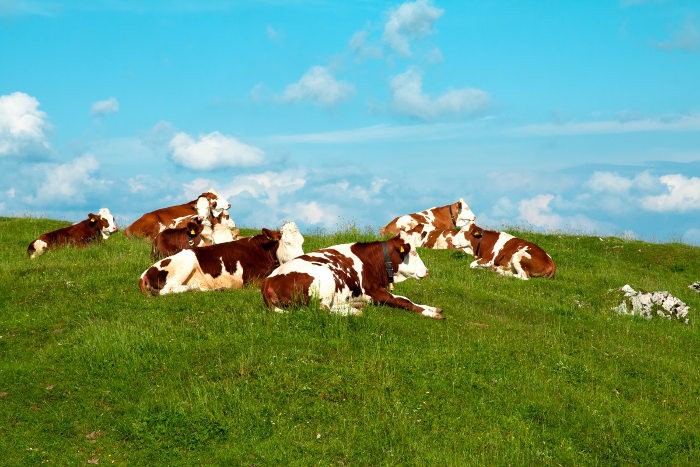
Livestock grazing exclusively on proven pastures
Fatty degeneration of the liver
Unlike amyloidosis, fatty degeneration of the liver develops due to a violation of the metabolism of fats in the body of a cow. It can act both as a primary disease and as a concomitant disorder in other diseases. As the main disruption of the body, fatty hepatosis occurs when:
- feeding animals with low-quality, stale feed;
- poisoning of the body with pesticides, herbicides and nitrates, which can accidentally enter the feed or be found in large quantities in plants;
- ingestion of alkaloids, which may be part of the green mass, specially grown in the fields;
- infectious diseases.
As a concomitant disease, such an ailment develops on the basis of:
- diabetes mellitus;
- poisoning with toxic substances;
- cachexia;
- excess body fat.
In the course of such a disease in the body of a cow, phospholipids from fatty acids are not formed so actively. Therefore, the remaining unused such acids are deposited in the liver cells. Obesity of the organ leads to a violation of protein synthesis, bile production, gradual lysis and tissue necrosis. As a result, cirrhosis of the liver may develop. In addition, in the process of disintegration of parenchyma cells, a large amount of toxins are released, which are carried by the bloodstream to the heart, kidneys, and central nervous system. This can cause serious disruption of their work.
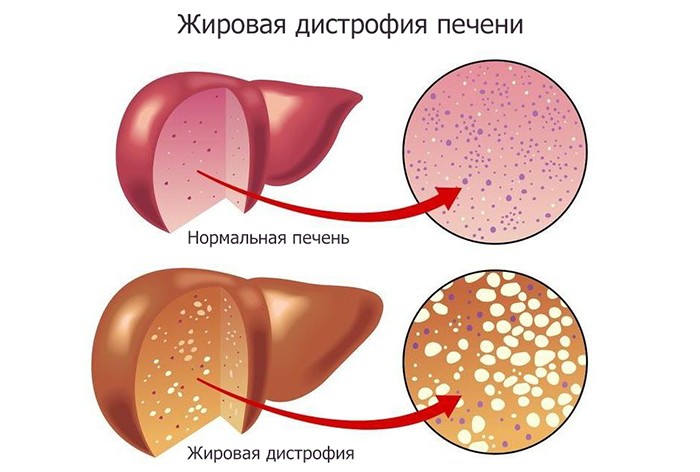
The development of fatty degeneration in cows
The risk of developing fatty degeneration in cows is especially high in the last weeks of pregnancy, as well as in the first few days after birth.
Symptoms
Clinical signs of fatty degeneration are quite diverse. The most obvious of them are:
- Weakness of the animal, rapid weight loss and general depression.
- Disruption of the digestive system. In this case, both severe diarrhea and constipation can be traced.
- Loss of appetite, which can turn into a complete rejection of food.
- The mucous membranes of the eye may acquire a yellowish color.
- Body temperature practically does not change or can be lowered by a couple of degrees.
- The back of the liver is greatly enlarged, which can be felt by palpation. In addition, palpation causes pain in the cow.
The disease develops extremely quickly. At the same time, it can proceed in an acute form with pronounced symptoms or subclinically with a lesser degree of manifestation of clinical signs.
Reference. The diagnosis for this disease is made on the basis of ultrasound, liver biopsy and some other laboratory tests.
Treatment
Treatment of fatty degeneration of the liver is complex. If it occurs as a secondary disease, then at the same time the main disorder is eliminated and the liver is brought back to normal. If dystrophy is the primary disease, then treatment is aimed at eliminating the consequences of the disease and restoring the general normal condition of the animals.
Of the drugs in this case, apply:
- silymarin;
- adamentionine;
- specific phospholipids.
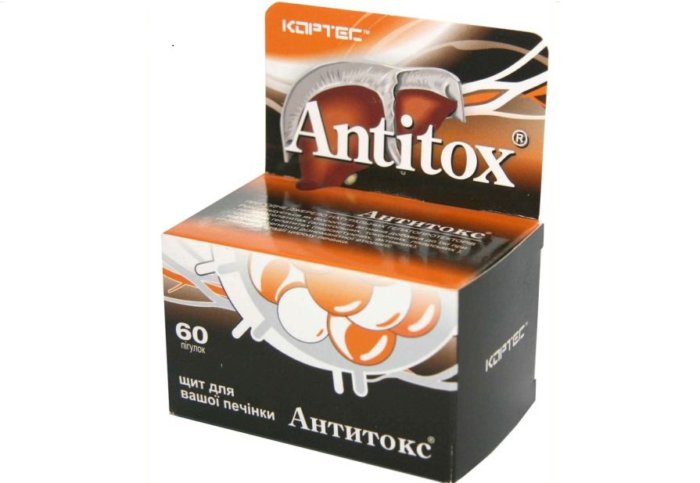
Antitox
The drug “Antitox” has proven itself well in the treatment of freshly calved cows. It is injected simultaneously into the muscles and into the vein in half the volume. The total volume of a single injection is 30 ml. The medicine is administered every day once a day.
A sick cow immediately after diagnosis is transferred to a special diet, which includes at least 120 g of protein per day, and is also balanced in terms of fat and other nutrients.
Prevention
To prevent the development of fatty degeneration in cows, the following preventive measures are implemented:
- compliance with the basic conditions for the storage of feed stocks;
- exclusion from the diet of those feeds that have been exposed to mold rot;
- strict observance of a balanced diet of livestock;
- timely treatment of diseases of the intestines and digestive tract;
- avoidance of increasing the percentage of proteins in the feed above the established norm;
- periodic examination of animals by a veterinarian for the presence of foci of various diseases;
- regular laboratory tests of feed for the presence of toxins, poisons and other harmful substances.
Conclusion
Violation of the proper functioning of the liver leads to problems with the functioning of other organs and systems. If measures are not taken in time, the animal can quickly die. Therefore, the implementation of preventive measures and the timely detection of violations in the work of the body is a paramount task for the breeder.
